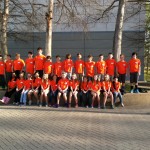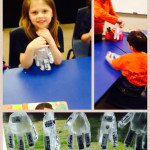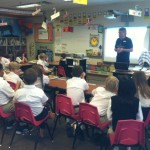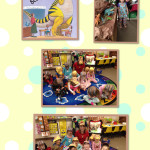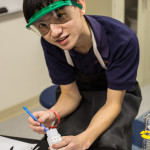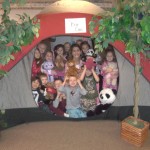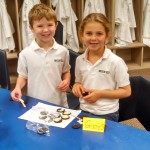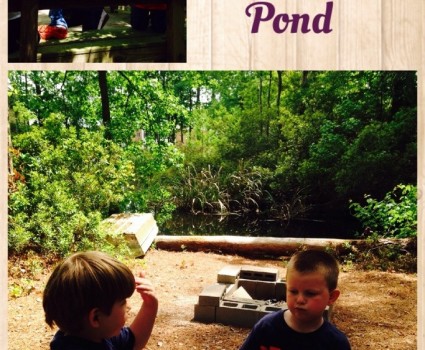
Kindergarten Students Study at The Pond
Kindergarten students recently visited The Brook Hill pond to coincide with their pond life unit of study in the classroom–such a great way to integrate real world experiences and study God’s creatures close up! Students enjoyed a picnic and then completed a nature bingo sheet requiring them to locate pond life including reptiles, and amphibians.

